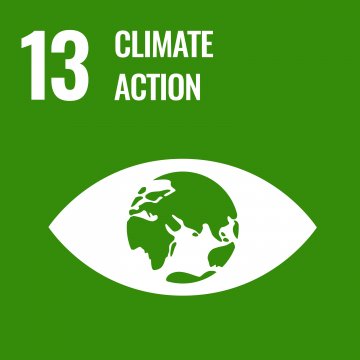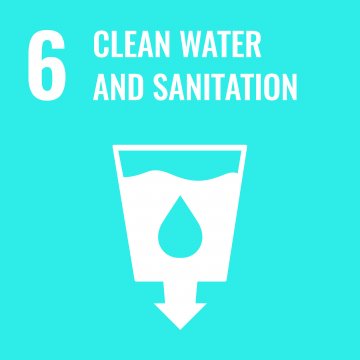Raincommunity
The "Rain Community" project aims to improve the resilience of Nepalese populations to the hazards of climate change. Better management of water resources at the watershed level is implemented to promote water infiltration.


Donors
République et Canton de Genève, Fonds 1% pour le développement, Commune de Puplinge
Beneficiaries
- 60 households in 4 rain-fed communities (direct beneficiaries)
- 4624 households in the 5 wards (indirect beneficiaries)
- 31 households provided with rainwater harvesting tanks
- 21 households provided with greenhouses for market gardening
- 124 households benefiting from spring rehabilitation
- 2990 households benefiting from pokharis rehabilitation
- 4293 households benefiting from a reforestation campaign
- 13 local authorities
Total Cost
239'000 CHF
Duration
2019-2021 (24 mois)
A growing water shortage
In Nepal, east of Pokhara, rural communities are sometimes unable to meet their daily water needs. The effects of climate change and changing rainfall patterns are exacerbating people's vulnerability. Rainfall is more variable, dry seasons longer and monsoons more intense, with long-term negative effects on subsistence agriculture. As a result, hilltop communities are quickly depleted of their water resources during dry periods. These effects are exacerbated by heavy urban development in the lowlands, which has increased the demand for water, reducing the availability of water to upstream communities.
Dependent on rainfall for their crops, villagers are deeply affected by an intensification of droughts. The region has been provided with solar-powered lift systems that carry water up to 80-100m in elevation. However, these techniques are costly and complex to implement and maintain in the context of underdevelopment.
The aquifers only replenish part of their reserves when rainfall is abundant (June to September). This reduces natural recharge and lowers the level of groundwater in the long term. As a result, springs dry up.
In addition, women, young girls and the elderly are often left alone in the villages. The emigration of men and young people to the cities for economic and educational reasons empties the countryside of its labour force. The burden of collecting water from springs becomes even more difficult for the women who remain in their villages.
Taking action to build resilience
- Develop sustainable agricultural practices, integrating new rainfall patterns;
- Better retain rainfall in the hills to optimise aquifer recharge;
- Strengthen rainwater harvesting in reservoirs, an important source of drinking water;
- Develop community understanding of these phenomena.
Engaging the communities
The Water Use Master Plan (WUMP) approach is used to implement integrated water resources management in the intervention area. Communities and local authorities are involved throughout the process. In order to understand the communities' knowledge of water management, a participatory 3D mapping exercise is underway. This work will determine the location of water points, describe the characteristics of the sources, understand the environmental factors that influence the resilience of the services, and define a methodology for source management.